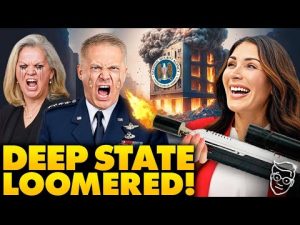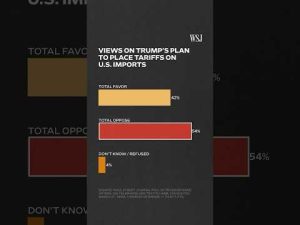Chicago, the beloved Windy City, finds itself once more in the grim spotlight as America’s murder capital for the 13th year running. It’s a dubious title that only hardened cynics might wear as a badge of honor. The city’s crime problems seem to be spiraling out of control, spurred on by political figures who seem more interested in supporting criminals than catching them. It appears that within the hallowed halls of Chicago’s leadership, there’s an unspoken admiration for chaos. The city’s reputation hangs by a thread as leaders stand accused of dismissing the rising wave of concern rippling through its neighborhoods.
One of Chicago’s own, Alderman Raymond Lopez, doesn’t mince words when describing the sorry state of affairs. There’s no sugarcoating here; according to him, the city’s political elite fosters an environment that emboldens criminals while sidelining the police. It’s an accusation that’s hard to ignore when one thinks of the shocking scene witnessed recently: a crowd of teenagers casually targeted in broad daylight along Chicago’s Magnificent Mile. But rather than addressing the rampant violence head-on, figures like Mayor Brandon Johnson reportedly engage in a game of deflection, proud peacocks preening over a so-called decline in crime rates.
Mayor Johnson’s leadership faces harsh scrutiny, as evidenced by a confrontational exchange during a recent congressional hearing. Proclaiming great achievements, the mayor touted a drop in murder numbers, though a closer examination reveals Chicago still towers over cities like New York in total murder count, despite its smaller size. Critics point out how judiciously the city dissects statistics, as if employing some bizarre math magic trick to hide its streets’ dark realities. If only the approval ratings could be masked so cleverly; the mayor’s minimalist 6.6% rating doesn’t exactly scream “job well done.”
Alder Lopez paints a picture of a strained city where even the police are hamstrung by the withdrawal of advanced detection technologies. In this bewildering saga, dishonest math seems to play a starring role. The Chicago Police Department’s figures show reductions in various crime categories, which are as perplexing as they are comforting. It’s as if the city’s leaders are students fudging the grade books, hoping no one will notice that the conditions on the ground tell a starkly different tale.
Rising skepticism permeates Chicago’s population. Many believe that true crime numbers are obscured by clever reclassification and savvy statistical subdivision. Creative name games might pacify the uncritical, but for residents facing daily dangers, it rings hollow. In communities where entrepreneurs struggle to hold onto the American dream, and neighbors tremble at the sound of every siren, there’s little comfort in spreadsheet victories. Instead, they call for a real commitment to safety that holds perpetrators accountable, demands responsible leadership, and stops pretending that all’s well when it very clearly isn’t.







